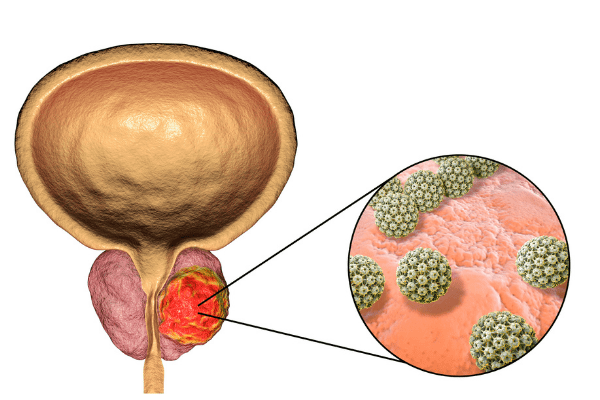If you are diagnosed with prostate cancer, the first thing your doctors will do is assess if and how much the cancer has spread. This process is called staging.
Many patients ask “what are the 4 stages of prostate cancer?” and how each stage affects their treatment options. Understanding your cancer’s stage is crucial for making informed decisions about your care.
Prostate cancer, like all cancers, will fall into one of four stages. In stage 1, the cancer has not spread. The succeeding stages define gradually advanced stages of cancer up to stage 4, which describes cancer that has spread to other areas of the body.




